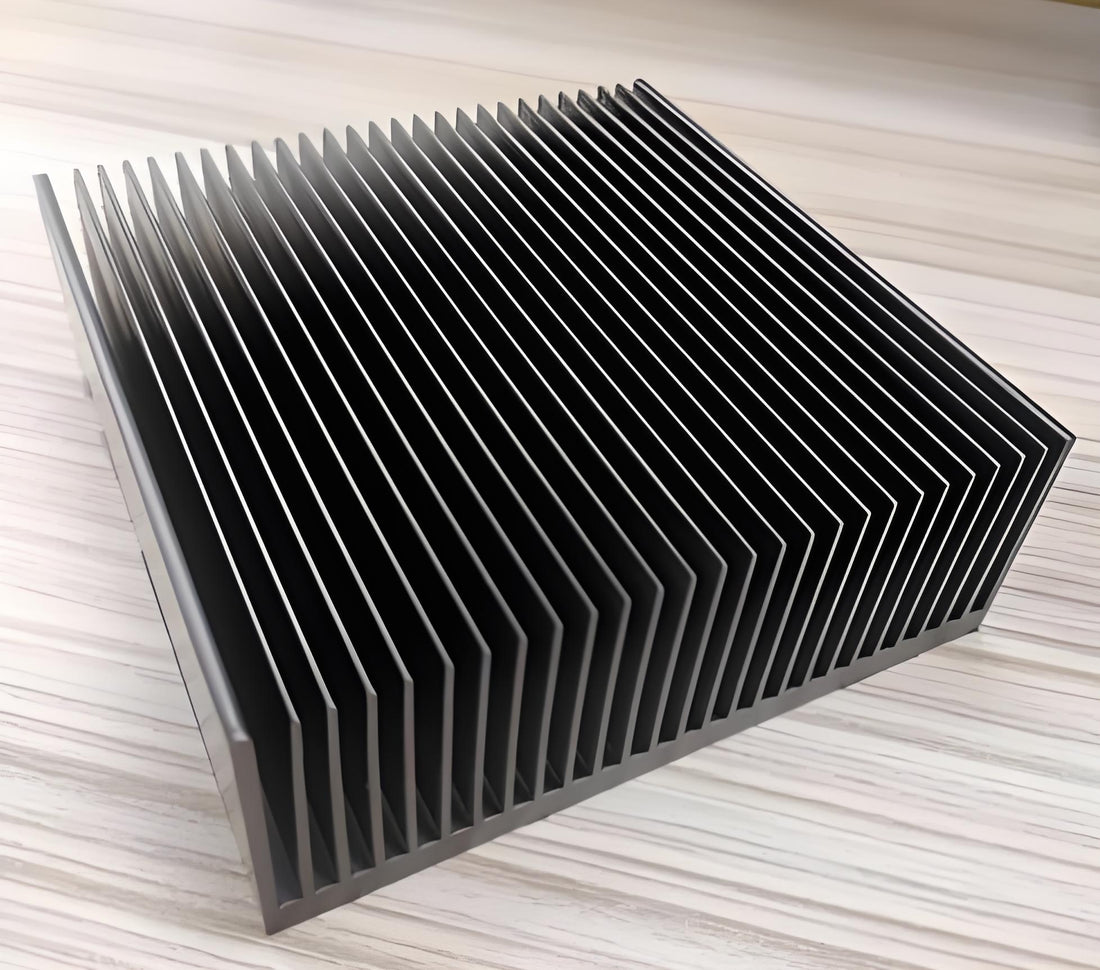Thermal management is a critical aspect of power bank design, ensuring that the device operates efficiently and safely. Overheating can lead to reduced performance, shortened lifespan, and even safety hazards. In this blog post, we’ll explore the various materials used for cooling and thermal management in power banks, highlighting their importance in maintaining optimal performance.
1. Why Thermal Management Matters in Power Banks
Power banks generate heat during charging and discharging processes. Effective thermal management is essential to prevent overheating, which can lead to component damage or even battery failure. The materials used for heat dissipation and insulation play a crucial role in maintaining safe operating temperatures.
2. Common Thermal Management Materials
Aluminum

Aluminum is one of the most commonly used materials for heat sinks and enclosures in power banks. Its excellent thermal conductivity helps in dissipating heat efficiently.
Pros:
- High thermal conductivity
- Lightweight
- Cost-effective
Cons:
- Conducts electricity, requiring careful insulation
- Can be prone to corrosion without proper coating
Applications in Power Banks:
- Used in heat sinks, casings, and other components where efficient heat dissipation is critical.
Copper

Copper is another material with excellent thermal conductivity, often used in high-performance power banks.
Pros:
- Superior thermal conductivity compared to aluminum
- Durable and reliable
- Effective in compact designs
Cons:
- Heavier than aluminum
- More expensive
- Conducts electricity, requiring insulation
Applications in Power Banks:
- Used in heat sinks and internal components where maximum heat dissipation is required.
Graphite

Graphite materials are increasingly being used in power banks for their excellent thermal management properties.
Pros:
- High thermal conductivity
- Lightweight
- Flexible and can be applied in thin layers
Cons:
- Can be expensive
- Requires careful handling during manufacturing
Applications in Power Banks:
- Used in thermal pads, heat spreaders, and other applications where space-saving and efficiency are important.
3. Advanced Thermal Management Materials
Phase Change Materials (PCMs)
Phase change materials absorb and release heat as they change from solid to liquid and vice versa, making them ideal for managing temperature fluctuations.
Pros:
- Efficient thermal regulation
- Can prevent overheating during high power output
- Compact and adaptable to various designs
Cons:
- Higher cost
- Limited heat absorption capacity before changing phase
Applications in Power Banks:
- Used in high-end power banks to manage temperature during rapid charging or discharging cycles.
Thermal Interface Materials (TIMs)
TIMs are used to improve the thermal connection between heat-generating components and heat sinks or spreaders.
Pros:
- Enhances heat transfer efficiency
- Can be tailored to specific applications
- Reduces thermal resistance
Cons:
- Requires precise application
- Can degrade over time
Applications in Power Banks:
- Applied between battery cells and heat sinks or casings to ensure efficient heat dissipation.
Ceramics
Ceramic materials are used in some power banks for their excellent thermal conductivity and electrical insulation properties.
Pros:
- High thermal conductivity
- Excellent electrical insulation
- Durable and stable at high temperatures
Cons:
- Brittle and prone to cracking
- Higher cost
Applications in Power Banks:
- Used in high-performance power banks where both thermal management and electrical insulation are required.
4. Impact on Power Bank Performance
The choice of thermal management material directly affects the performance, safety, and lifespan of a power bank. Materials like aluminum and copper are ideal for efficient heat dissipation, while advanced options like phase change materials and thermal interface materials offer enhanced temperature regulation in high-demand scenarios.
Effective thermal management ensures that the power bank remains within safe operating temperatures, reducing the risk of overheating and improving the overall reliability of the device.
5. Conclusion
Understanding the materials used for thermal management in power banks is key to selecting a device that will perform reliably under various conditions. Whether it’s the cost-effective aluminum, the high-performance copper, or advanced solutions like phase change materials, each material plays a critical role in keeping your power bank cool and efficient.
We hope this guide has been helpful. If you have any questions or want to learn more about power bank technology, feel free to leave a comment below, and we'll get back to you as soon as possible.



